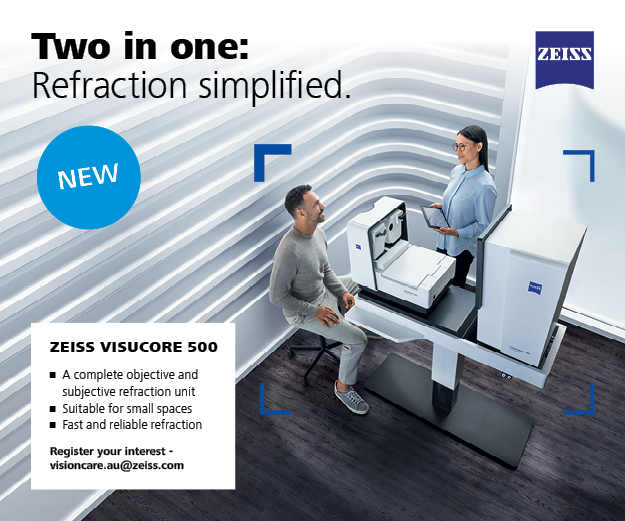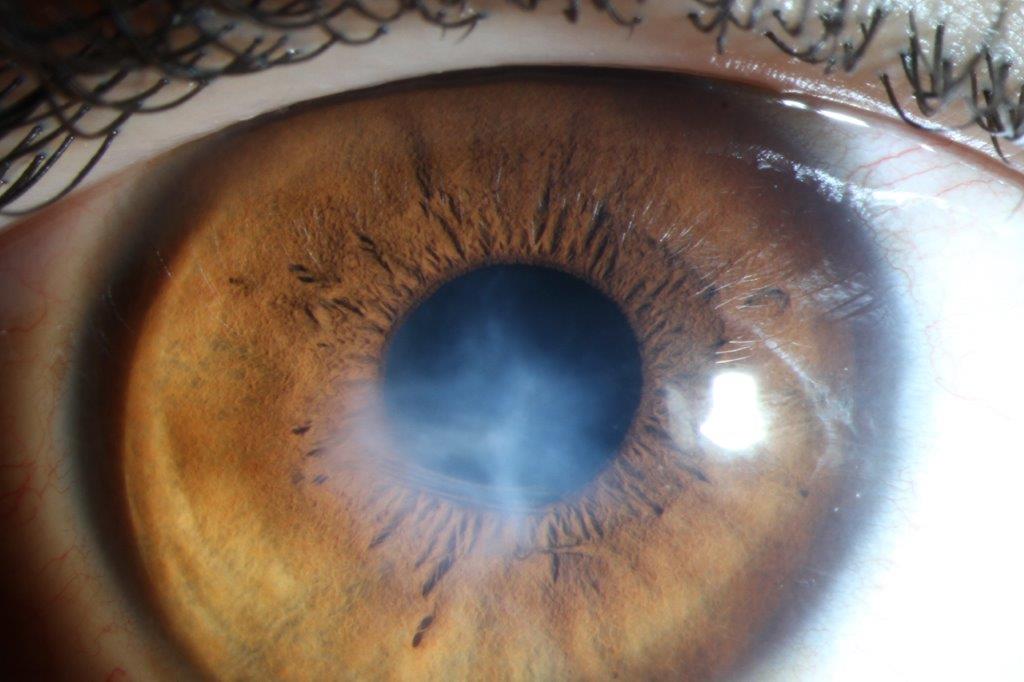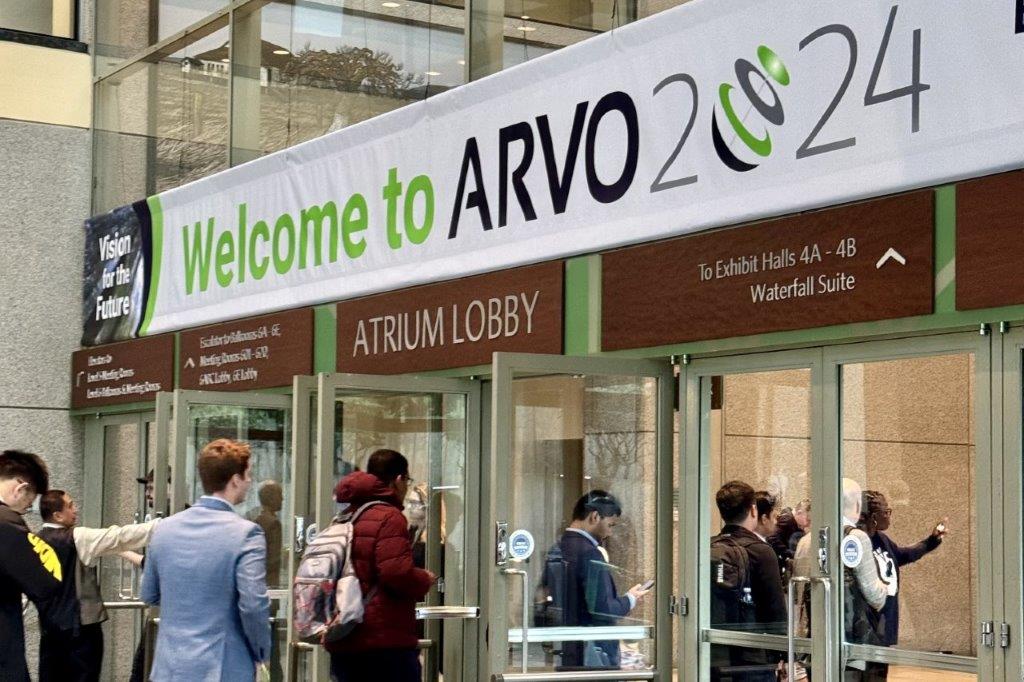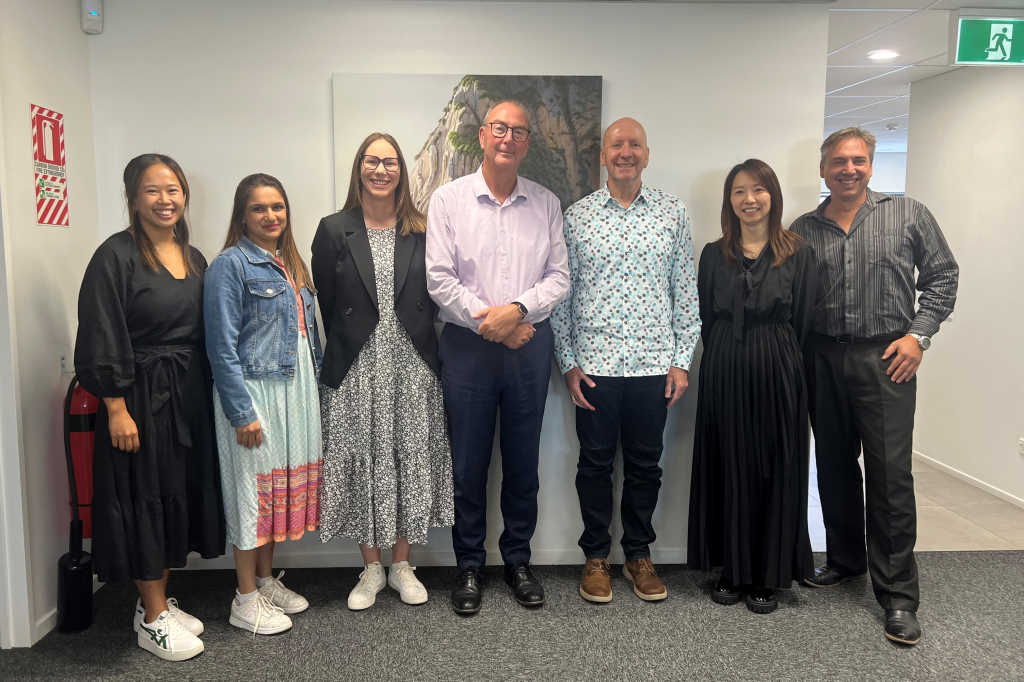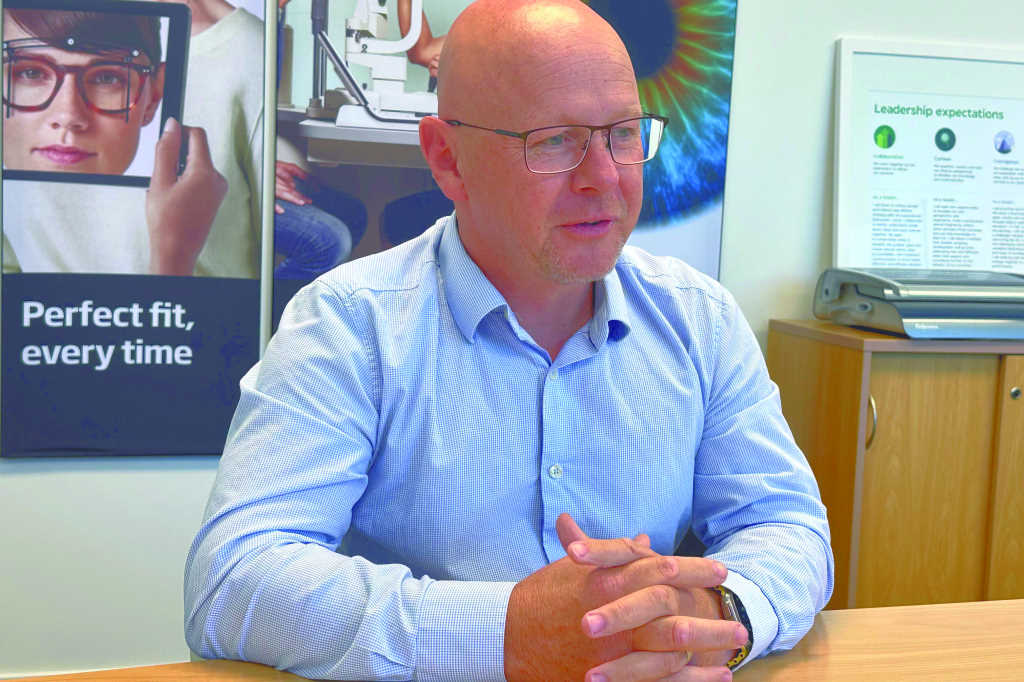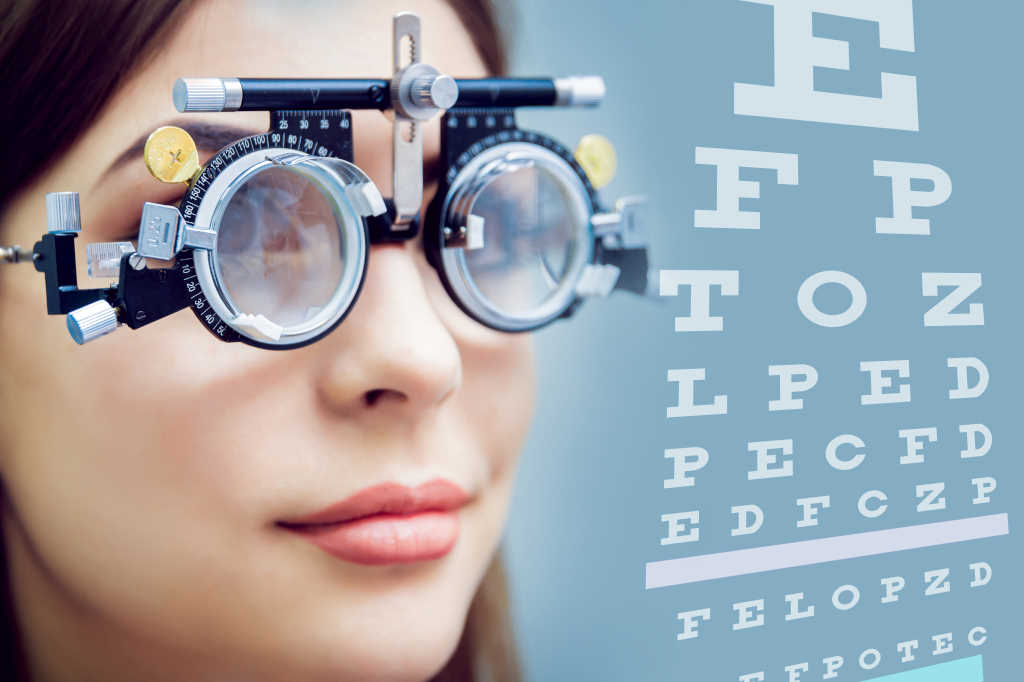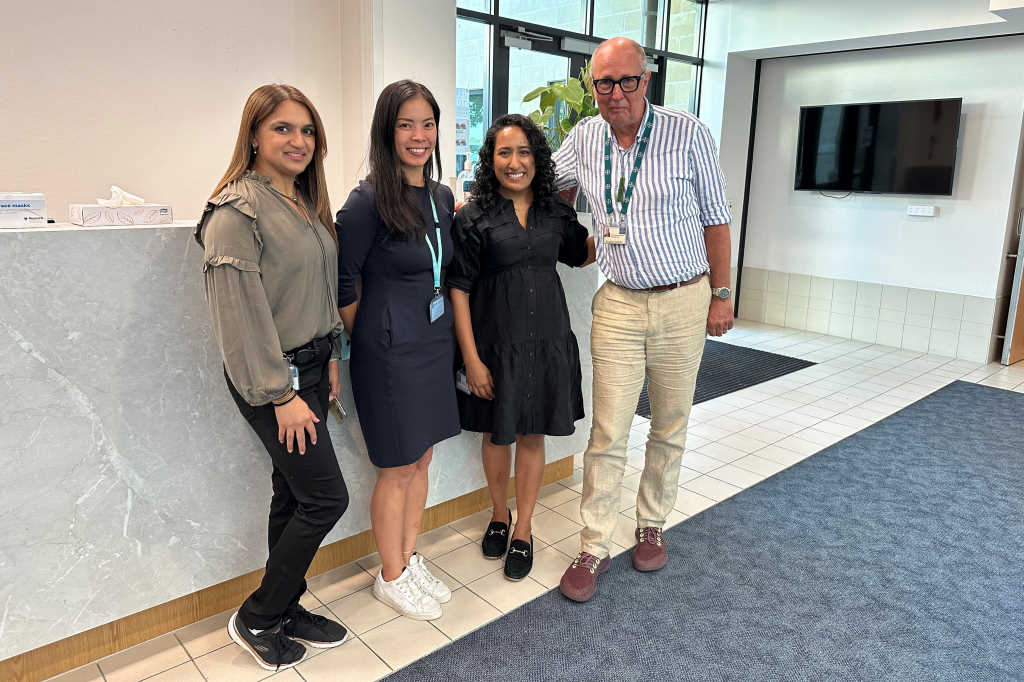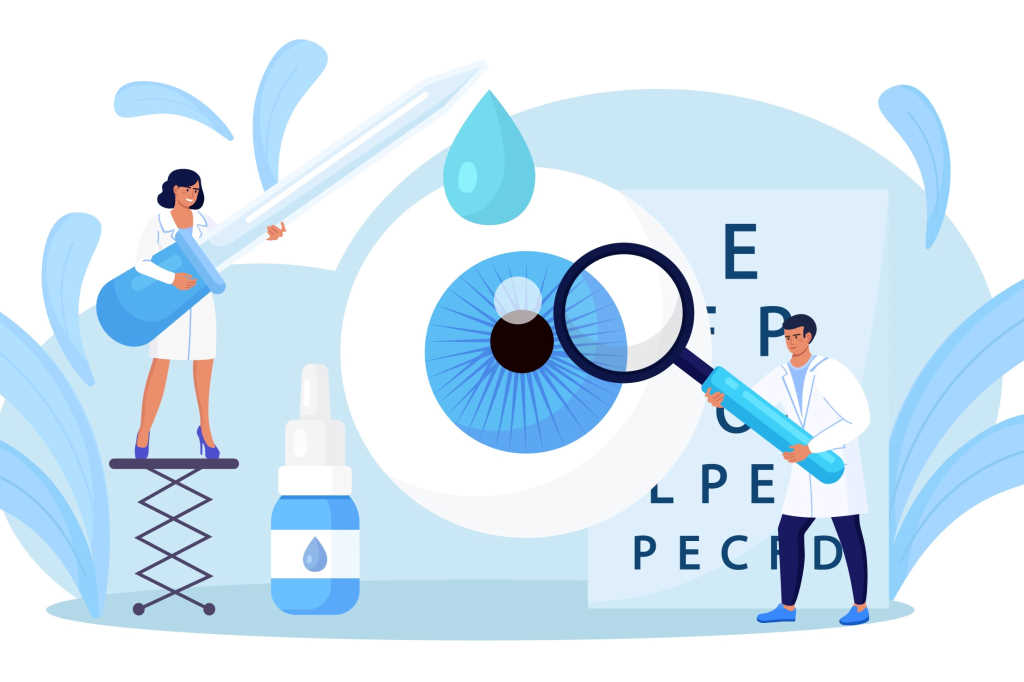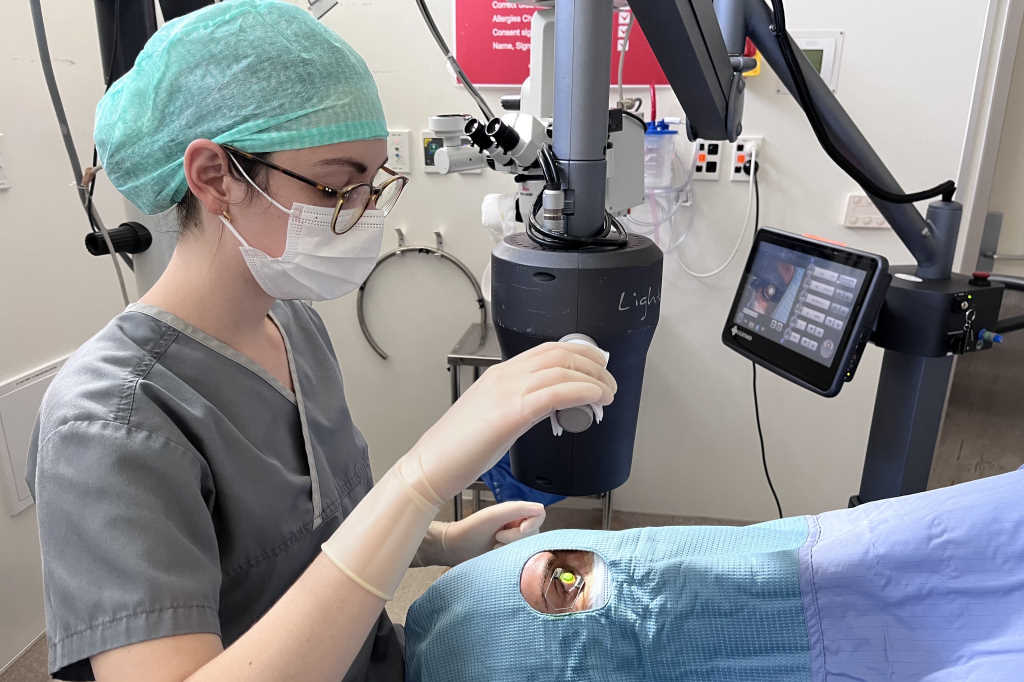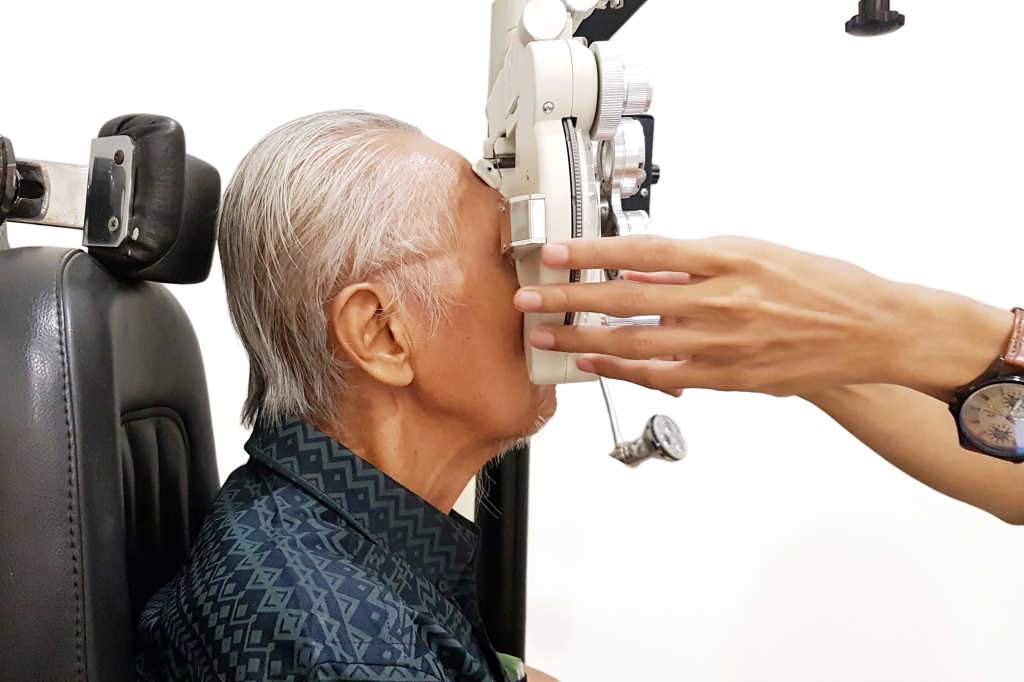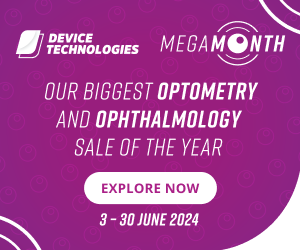Myopia: Aotearoa’s inaugural report card
Globally, eye health professionals have been discussing the rise of myopia for decades. Some believe it’s the next epidemic resulting from our changing lifestyles, while others cite a lack of access to eyecare services and health literacy for its increasing prevalence. In New Zealand, a nation that celebrates the great outdoors, but which has a vague picture of the state of its national eye health, Specsavers has examined how myopia is trending.
In early 2023, Specsavers reviewed its de-identified patient records from across Aotearoa to gain a better understanding of myopia prevalence among children presenting to optometrists and how those data compared to other countries. Our ambition was to improve our evidence-based strategy for providing the best care to patients with myopia and to better integrate the tools needed to assist optometrists to manage and treat patients. We used the International Myopia Institute’s definition of a spherical equivalent refraction ≤-0.50D in one or both eyes, with high myopia being ≤-6.00D.
Results
In the five-year period from 2017-2022, 507,292 patients aged 18 years and younger received eyecare services from Specsavers’ 58 New Zealand practices. In this timeframe, although volumes increased, the rate of myopia remained relatively stable, with 32.6% of patients presenting as myopic in 2017 and 29.8% in 2022. Interestingly, the average age of first diagnosis was 14.2 years in 2017 and 13.2 years in 2022. Myopia prevalence also varied by region, with 32.5% of North Island children having a myopic prescription compared to only 25.9% in the South Island.
A smaller subset of data allowed us to break down the prevalence by region (see graph). From November 2021-October 2022, myopia was most prevalent in Auckland (39% of patients aged 18 years and under) followed by Waikato (29%), while Taranaki (19%) and Hawke’s Bay (20%) accounted for the lowest prevalence rates.
While these data help uncover the myopic trends being diagnosed over the past five years, Covid-19’s extended lockdowns and increased indoor time may have led to increased myopia prevalence in children within the timeframe analysed. It’s also important to note these numbers represent the percentage of myopic children seen by optometrists, not the prevalence of myopia in the wider community. As emmetropic children are less likely to attend an eye test, this number may over-represent the population’s myopia prevalence.

Australian comparison
New Zealand shares many similarities with Australia, including the capacities and capabilities of their optometric professions, Specsavers’ processes and aspects of patients’ culture and lifestyle. While analysing the myopia data for New Zealand, we also reviewed more than 2.6 million de-identified patient records from Specsavers’ Australian practices (ie. every patient we saw aged 18 or younger who presented to a Specsavers practice in the same five-year period). We found myopia prevalence was significantly lower in Australia in 2017 (24.6% vs New Zealand’s 32.6%) but the rate of diagnosis had levelled out by 2022 (28.8% in Australia and 29.8% in New Zealand). One possible explanation for this is that children are less likely to attend eyecare in New Zealand than in Australia, especially when they don’t have any perceived vision problems.
Similar to New Zealand, the age of first diagnosis in Australia fell from 14.6 years in 2017 to 13.3 years in 2022. Australia’s myopia prevalence also varied by location. Surprisingly, the sunniest state, Western Australia, had the highest levels (34.3%) whereas the wettest state, Tasmania, reported the lowest levels (20.9%).
Looking ahead
With a better understanding of myopia in our patient base, we can all help to improve vision and health outcomes for children with myopia across Aotearoa. A holistic approach involves early intervention and management tools, patient and optometrist education and ongoing analysis of data trends. Currently, within Specsavers, our accredited New Zealand optometrists are prescribing therapeutic spectacle lenses, contact lenses and low-dose atropine eye drops as key myopia management products. We’ve seen the evidence showing these products are successful in reducing myopia, so we’re proud to have them available for our patients. To ensure effective prescription, dispensing and support, we have also developed training and accreditation on myopia management products and a separate training module for our wider retail team members to ensure there’s appropriate knowledge to support myopia management in our stores.
Specsavers has committed to sharing its insights and learnings with NZ Optics as it progresses in this area.
Dr Ben Ashby is director of optometry for Specsavers Australia and New Zealand and vice president of Glaucoma Australia.






